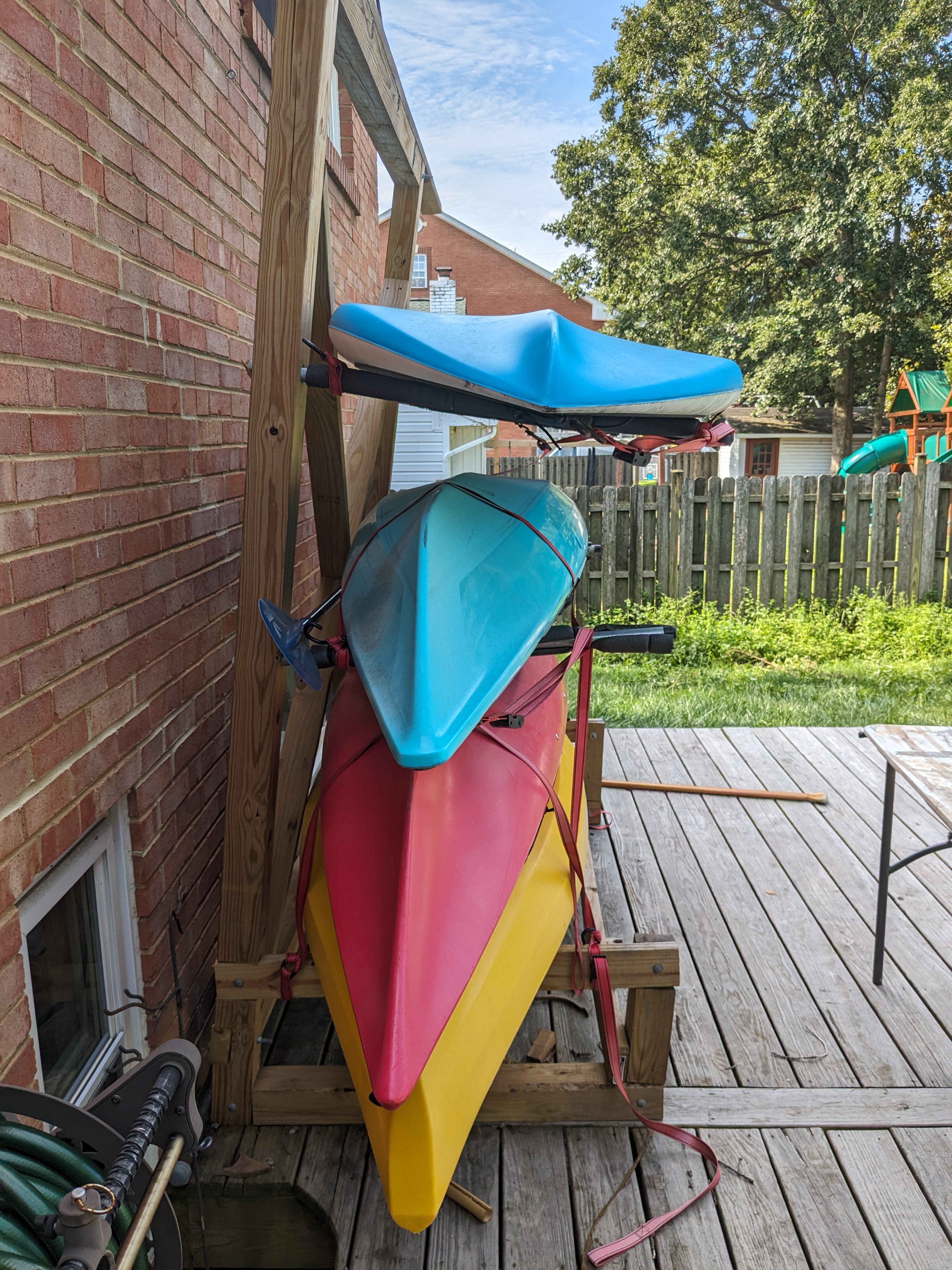lol what a weird take. all the problems of overconsumption and ecosystem collapse aside, theres not much inherently worse about seafood than landfood.
cats arent more picky than us. they gladly eat all kinds of trash and raw dead meat. they're picky about what we feed them. The respective tolerance for "toxins" between us and cats is, again, relative to the environment we put them in and the specific set of toxins.

You don't. That's not what caddy is. Use a bastion for ssh.
Edit: link https://www.redhat.com/sysadmin/ssh-proxy-bastion-proxyjump